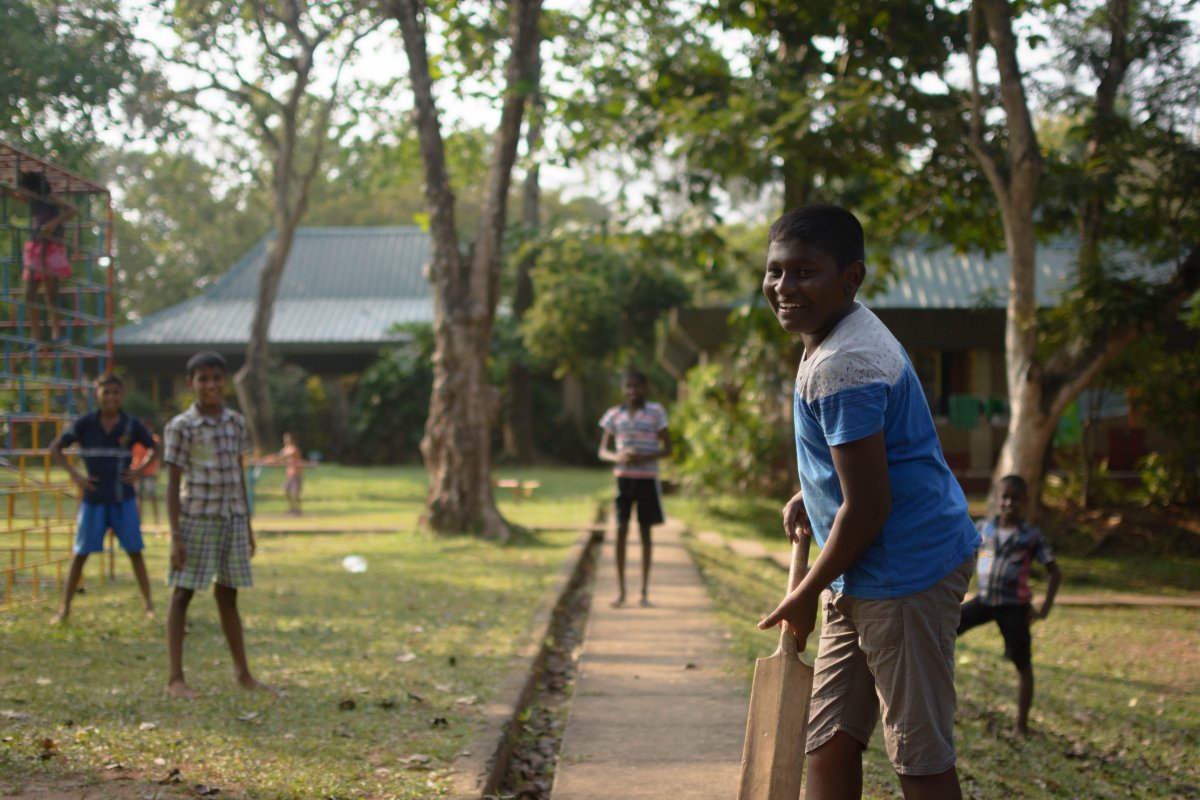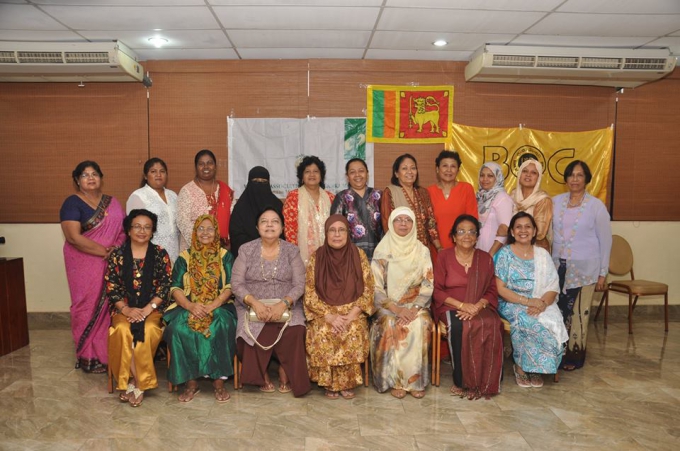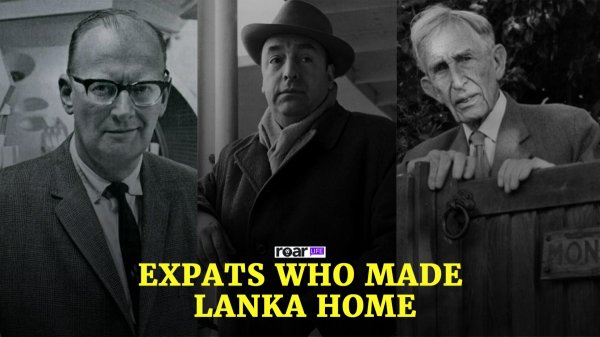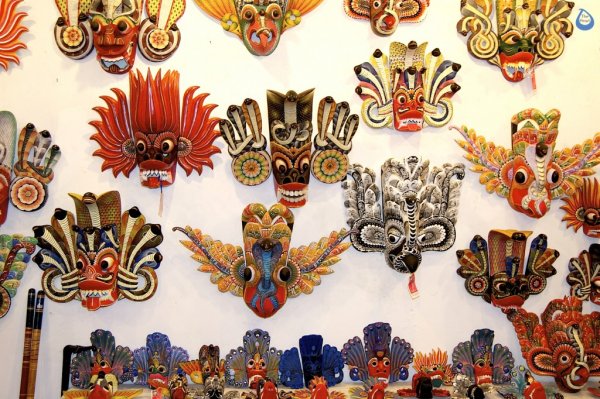
Sinhala, Tamil, and English are the three most widely-spoken languages in Sri Lanka—but that certainly does not mean that these are the only languages spoken. Take for instance, the Portuguese Burghers, who reside on the east coast of Sri Lanka, who have their own language called Sri Lanka Portuguese Creole (SLPC), which they speak in their homes and among their community. Similarly, many Sri Lankans may be unfamiliar with yet another minority language, which is Sri Lankan Malay, spoken by the Malay community.
The Malays: Where Did They Come From?

Artist John Pinkerton’s map of the Dutch East Indies which was drawn in 1818. Image courtesy wikipedia.org
The Malay people of contemporary Sri Lanka trace their ancestry back to the Malay people, who were brought from the Indonesian archipelago during the Dutch Colonial period.
According to the book The Sri Lankan Malays and Their Language written by B. D. K. Saldin, these people were forcibly brought into the country as exiles for vehemently opposing the Dutch rule in colonial Indonesia, then known as the Dutch East Indies.
The Sinhalese people named them Ja-minissu (Javanese people) because of the popular perception that they came from the island of Java (then Batavia). However, it was not only the people from Batavia who found themselves on our island’s shores; people from other islands in the archipelago—like those now known as Sumatra, Madura, and Tidore—were brought here, too.
These islanders spoke many different dialects, and it was the Malay language—which originated in the southern Malay Peninsula of Southeast Asia—which functioned as the lingua franca among these people back then.
“This was the language which the members of the community used when they spoke to each other in Colombo,” wrote Saldin.
From Exiles To Soldiers

The present day Sri Lankan Malay community can trace their ancestry back to the days of the Dutch Colonial period. Image courtesy nation.lk
Dr. Romola Rassool—a member of the Malay community who has conducted research on the community’s language—gave Roar Media some insight into this community.
According to Dr. Rassool, when the British occupied Sri Lanka in the 18th century, the Malay people—who were employed by the Dutch as soldiers for their prowess in battle—were given the choice of returning to their homeland or staying in the island.
A majority of the community chose to stay here, which is how the present day Sri Lankan Malay community came to be.
“The Malays who stayed behind joined the British Army. If you were to speak to any member of the Malay community today, you would find that their older male relatives were soldiers during the British era,” Dr. Rassool said.
According to The Sri Lankan Malays and Their Language, there were four Malay Regiments formed in Ceylon by the British between the years of 1802 and 1811.
The Language During The Colonial Eras
According to B. D. K. Saldin, during the Dutch period, the Malays who came to Sri Lanka would have spoken Dutch for official purposes. With the arrival of the English, and the introduction of their language as the official language and as the medium of instruction in schools, Malays began to speak English at home.
“Fluency and competency in English opened the doors to regular employment in Government Service and in the private sector,” writes Saldin. “In fact, the Malays became trilingual and even quadrilingual, conversing fluently in English, Sinhala, Tamil and Malay depending on the areas in which they lived”.
Standard Malay Vs. Sri Lankan Malay
At present, there are vast differences between the Malay language as spoken in Indonesia and Malaysia—which Saldin refers to as Standard Malay—and Sri Lankan Malay.
While many words from both dialects of the language sound similar, Dr. Rassool points out that Sri Lankan Malay is actually a mixed language which combines the vocabulary of Malay with the syntax of the Tamil and Sinhalese languages.
It is still unclear which of the native languages have had more influence on Sri Lankan Malay. According to Dr. Rassool, there has been some disagreement about it between academics.
“In Sri Lanka, the Malay language was first written in a form of writing known as the Jawi script”, said Dr Rassool, a script which bears many similarities to the Arabic script.
Today, however, Sri Lankan Malay is no longer a written language—it is only spoken among members of the community. On the few instances where it is written, the Roman or Latin script—which is the writing system used in Indonesia and Malaysia—is used. Dr Rasool also pointed out that there is increasing evidence that young people are using the Sinhala and Tamil scripts to write the Malay language.
Reviving The Sri Lankan Malay language

The Women’s Association of Sri Lanka Malays (WASLAM) are currently in the process of introducing a proper writing system for the Malay language. Image courtesy Facebook/Women’s Association of Sri Lanka Malays
At present, the Malay community makes up roughly 0.3% of Sri Lanka’s population, amounting to about 48,000 individuals, mainly in the towns of Kandy, Hambantota, Colombo and its surrounding suburban areas. Over time, this small community has become more assimilated with the Sinhalese and Tamil communities of the country—which is why the number of Sri Lankan Malay language speakers is on the wane, with many in the younger generation choosing to speak in other languages.
In the late 1980’s, the Sri Lanka Malays took steps to motivate and encourage the members of this community to speak, and therefore develop and preserve, Sri Lankan Malay. One of these measures was to provide free classes in the reading and writing of this language, but sadly with the turbulent political situation in 1989, and a lack of available jobs in Malaysia for Sri Lankan Malay speakers, the project came to a halt.
Dr. Rassool, as well as members of the community, are currently in the process of encouraging members of the community to write their language in the Roman script, and they are in the process of introducing an orthography (writing system) for the language. This work is being spearheaded by the members of the Women’s Association of Sri Lanka Malays (WASLAM). They hope that they can eventually encourage the younger members of the Malay community to learn to speak and write this language and preserve it for the generations to come.
Featured Image: The Conference of Sri Lankan Malays (COSLAM) is one of the organisations which works towards the socio-economic, educational and political upliftment of the Malay community. Image courtesy: Facebook/CONFERENCE OF SRI LANKAN MALAYS


.jpg?w=600)





